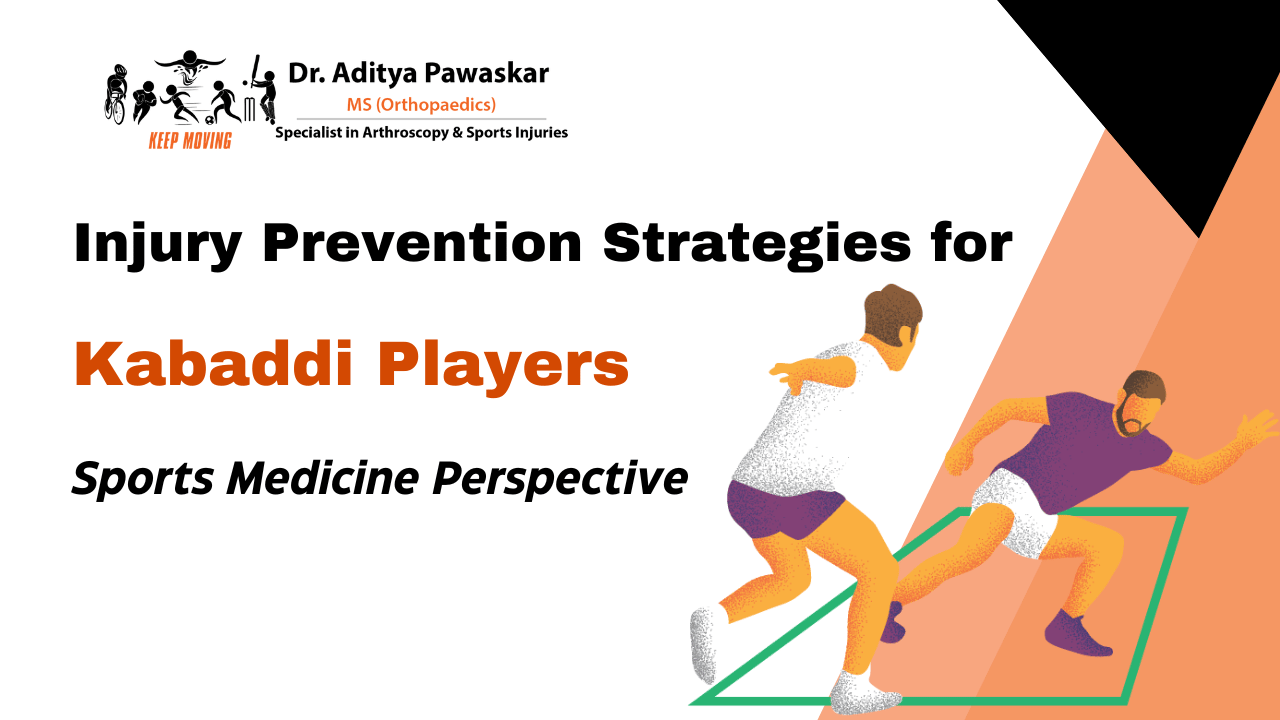
Introduction
Kabaddi is a traditional sport that demands intense physical exertion, agility, and strategic thinking. Originating in ancient India, it has evolved into a highly competitive and popular game played at national and international levels.
However, like any sport, Kabaddi carries inherent risks of injuries due to its fast-paced nature and physical contact.
Let us delve into injury prevention strategies specifically tailored for Kabaddi players from a sports medicine perspective.
What Are Common Injuries in Kabaddi?
Before discussing prevention strategies, it's essential to understand the types of injuries prevalent among Kabaddi players:

Muscle Strains
- Kabaddi demands quick movements.
- Due to rapid movements, sudden changes in direction, and grappling, players are prone to muscle strains.
- Muscle strains are mainly experienced in the lower limbs.
Ankle Injuries
- Twists, turns, and abrupt stops can lead to ankle sprains
- Repetitive strain injuries are common in sports that involve overuse of specific muscle groups.
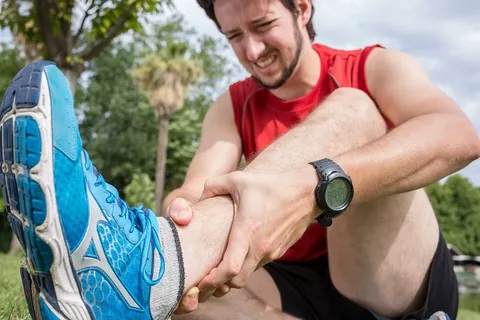

Knee Injuries
- The high-impact nature of the game increases the risk of knee injuries, including ligament tears and cartilage damage
- Concussions are also a significant concern, leading to long-term neurological issues if not properly managed.
Shoulder Injuries
- From tackling opponents to defending against raids, shoulders endure significant stress, making them susceptible to strains, dislocations, and rotator cuff injuries.

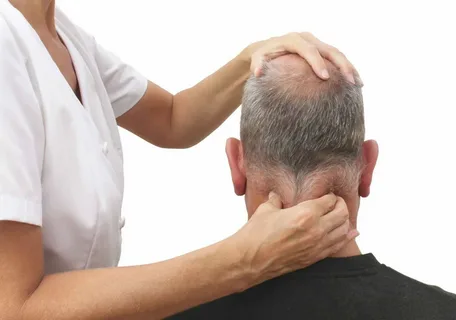
Head and Neck Injuries
- While less common, Kabaddi players can experience head trauma or neck injuries, especially during tackles and falls.
Injury Prevention Strategies
Proper Warm-Up and Cool Down
- Begin each training session and match with a thorough warm-up routine that includes dynamic stretching, mobility exercises, and light aerobic activities.
- Cooling down after play helps prevent muscle stiffness and aids in recovery.
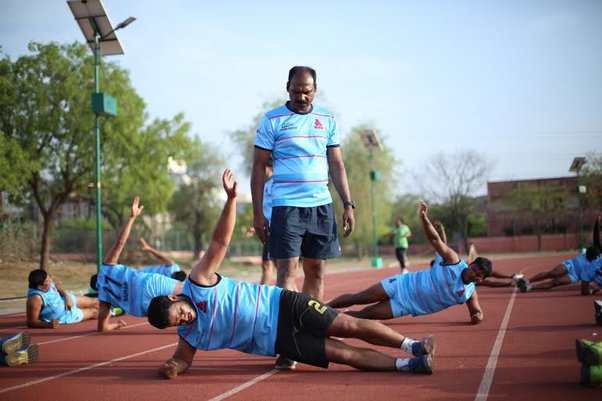
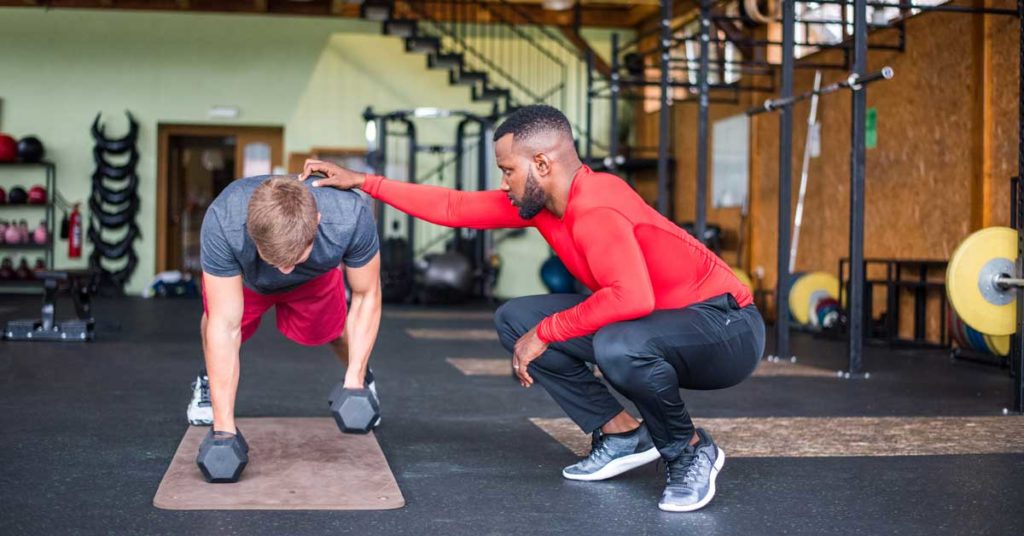
Strength and Conditioning
- Incorporate strength training exercises targeting key muscle groups involved in Kabaddi movements, such as the legs, core, shoulders, and back.
Flexibility Training
- Enhance flexibility through regular stretching sessions, especially for the hamstrings, quadriceps, calves, and shoulders.

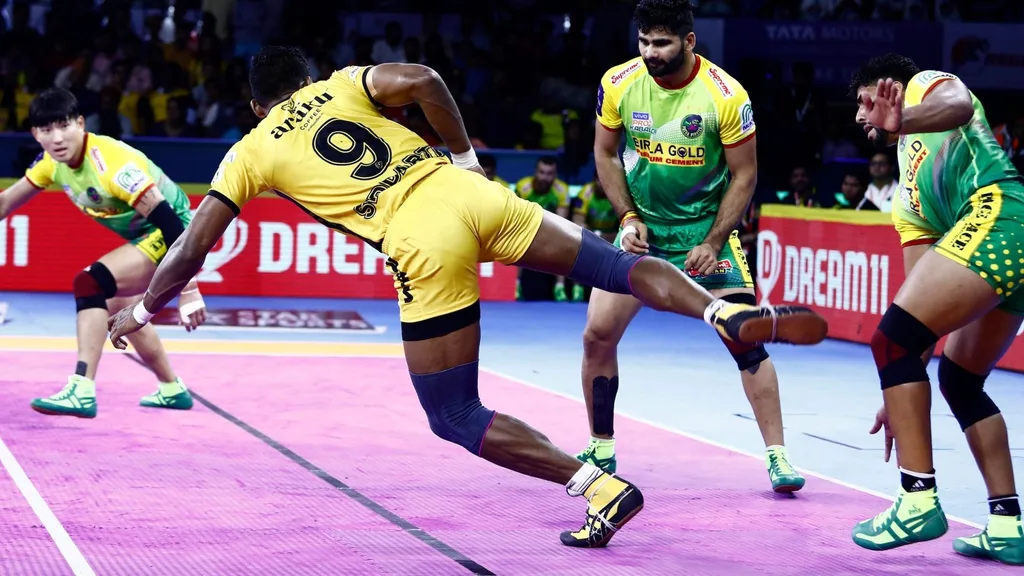
Technique and Skill Development
- Emphasize proper technique and skills training to execute Kabaddi moves effectively while minimizing injury risks.
Protective Gear
- Ensure that players wear appropriate protective gear, including knee and ankle braces, elbow pads, and helmets if necessary.


Hydration and Nutrition
- Maintain optimal hydration levels before, during, and after games or training sessions.
- Encourage a balanced diet rich in protein, carbohydrates, vitamins, and minerals to support energy levels, muscle recovery, and overall health.
Rest and Recovery
- Allow adequate rest periods between intense training sessions and matches to prevent overuse injuries and promote recovery.
- Incorporate restorative practices such as massage, foam rolling, and ice therapy as needed.

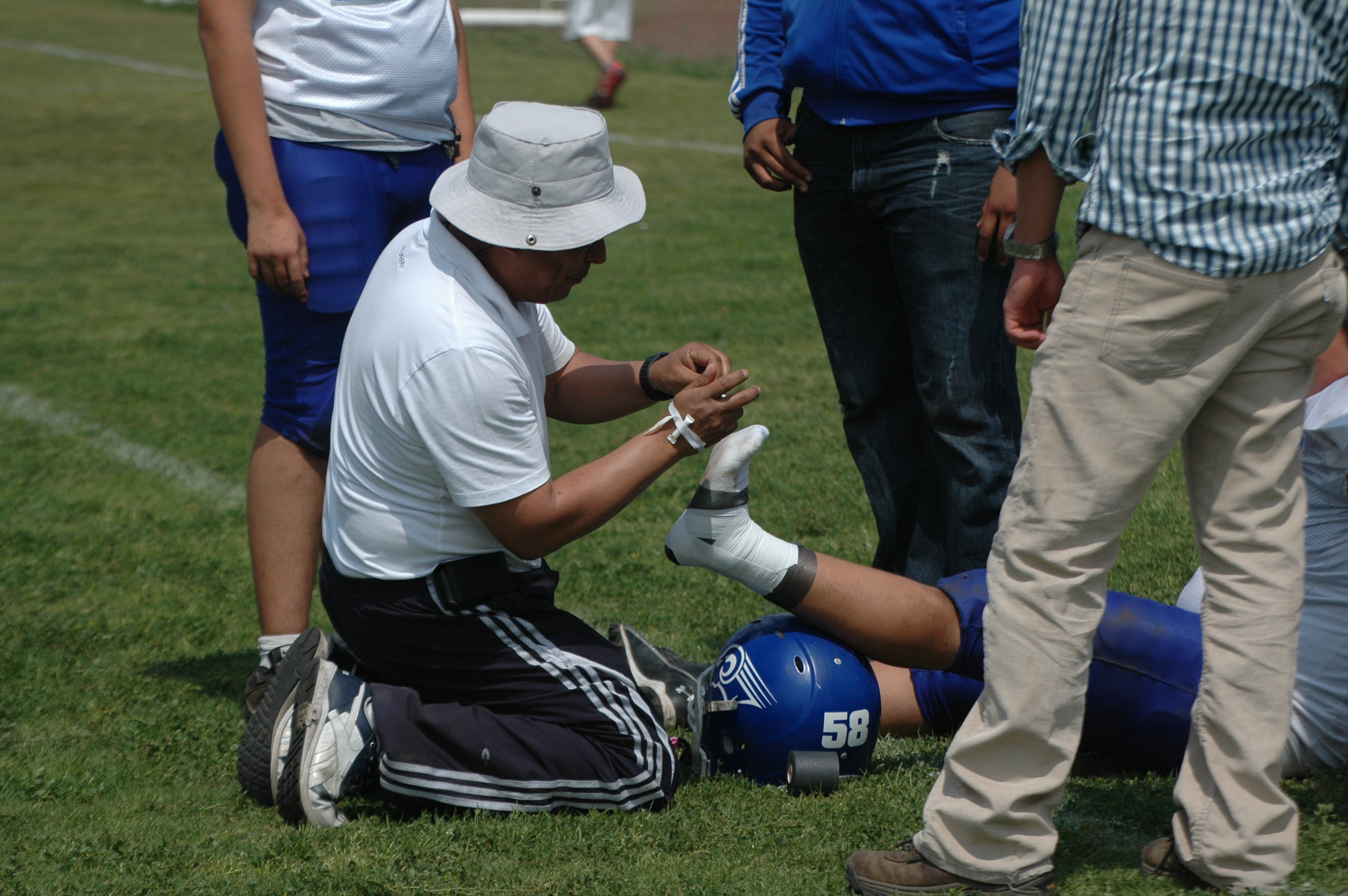
Injury Awareness and Reporting
- Educate players, coaches, and support staff about common Kabaddi injuries, their signs, and symptoms.
- Encourage prompt reporting of any discomfort, pain, or unusual sensations to facilitate early intervention and treatment.
Sports Medicine Support
- Collaborate with sports medicine professionals, including physiotherapists, athletic trainers, and sports physicians, to design personalized injury prevention programs, conduct regular screenings, and manage injuries effectively.

Conclusion
Injury prevention is essential in maximizing the performance and longevity of Kabaddi players. By implementing comprehensive strategies encompassing warm-up routines, strength training, technique refinement, protective gear usage, nutrition, and rest, teams can create a safer playing environment while enhancing player well-being and competitiveness. Through a collaborative approach involving coaches, players, and sports medicine experts, Kabaddi can continue to thrive as a dynamic and exhilarating sport while minimizing the risks associated with injuries.
Dr. Aditya Pawaskar is a sports medicine expert and will help you maintain health during your Kabbadi season with tailored treatment plans.

The Best Sports Injury Specialist In Mumbai
- Dr. Aditya Pawaskar is one of the best Arthroscopic Surgeon & Sports Medicine Doctor in Mumbai for treating ailments related to Arthroscopy & Sports Injury in Mumbai. Dr. Aditya Pawaskar provides high-class treatment and personalized care to patients.